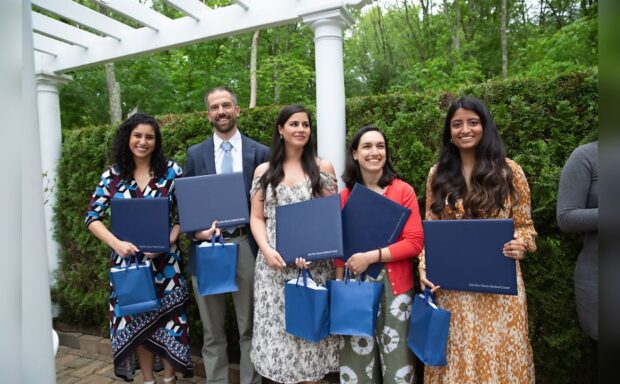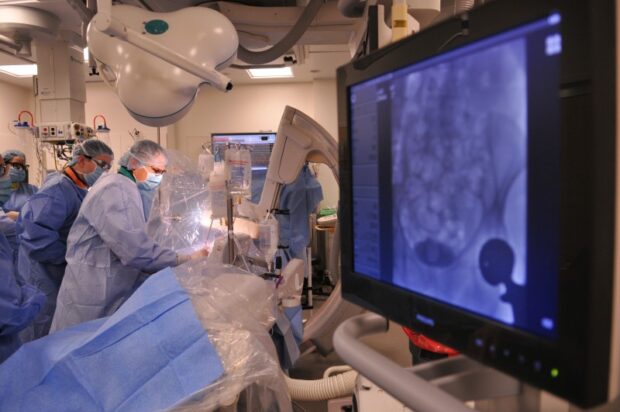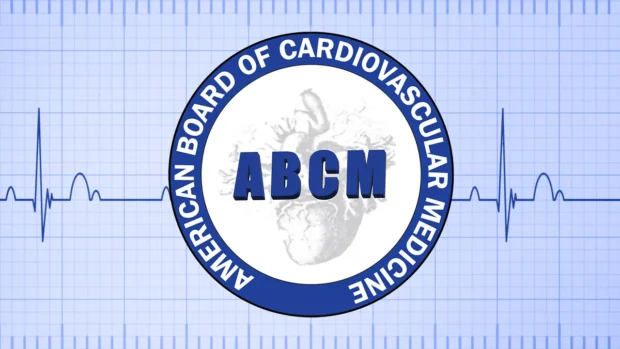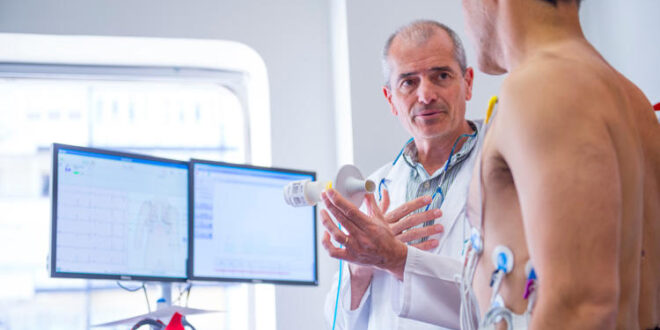Individuals often dream of becoming a doctor. Once they begin medical school and explore their options, they may choose to pursue a career in cardiology. How can they build a solid foundation that will make achieving this goal easier?
High School

The process of becoming a cardiologist or any medical doctor begins in high school. The individual should take courses that will provide a solid foundation for their future studies in college and medical school. Science courses should be prioritized so they understand fundamental scientific principles. Courses in anatomy, biochemistry, and physiology will benefit those who pursue their goal of becoming a doctor.
Mathematics courses are also needed to help develop their problem-solving and quantitative reasoning skills. They will use these skills when making clinical decisions, analyzing data, and conducting research. Communication skills are essential for discussing medical results with patients, and advanced placement courses challenge students and prepare them for the rigorous workload they will face in medical school. Now is a good time to explore cardiology job assignments and other open positions in the medical field to learn what is needed in these positions.
Undergraduate Work
Upon completing high school, a person should attend a college that offers the necessary classes to pursue a career in cardiology. These classes serve as the foundation for their training. A student doesn’t need specific courses to attend medical school, but they should follow a pre-med track.
A bachelor’s degree is the starting point of their higher education. They should major in either pre-medicine or a science-related field to gain a better understanding of cardiovascular physiology and pathology. The courses must meet medical school prerequisites and often include biology, general chemistry, math, and English classes. Some medical schools require students to take courses in sociology or psychology as part of their curriculum.
Students should participate in extracurricular activities related to the medical field. During their undergraduate education, they should try to gain research experience and clinical exposure. Medical schools prefer to see this background, as it demonstrates the student’s commitment to advancing their skills in the field.
Medical School

Individuals must prepare to apply for medical school. They need to achieve a high score on the Medical College Admission Test (MCAT) and have a competitive GPA, as well as letters of recommendation. Upon acceptance to medical school, the student must prepare for the rigorous workload.
Students will first spend time learning basic science principles during the preclinical phase of medical school. They will attend lectures and engage in lab sessions. Small-group discussions are also a critical part of medical school training.
Clinical rotations are a critical part of medical school training. This is where aspiring cardiology students and others rotate through different medical specialties. A person who had their heart set on a career in cardiology when they entered medical school might find that they want to pursue a career in pediatrics. Another person might have entered medical school with a plan to be a surgeon, only to find they want to be a cardiologist instead. Clinical rotations enable them to explore various fields and find one they love.
Medical school students also take part in electives and research opportunities. Doing so enhances their understanding of what they have learned. They can explore different interests, develop relationships with mentors, and make their residency applications stronger by taking advantage of these opportunities.
Residency

Upon completing medical school, students participate in residency training. Individuals pursuing a career in cardiology will spend three years in an internal residency program. This training serves as the foundation of general medicine. They will again participate in clinical rotations to develop their clinical skills and enhance their diagnostic acumen.
Several months will be spent participating in cardiology rotations. Residents evaluate patients and manage their cardiovascular conditions. They participate in lectures, seminars, and case conferences to expand their knowledge and decision-making skills. Residents also participate in professional development opportunities, including research projects and presentations at medical conferences.
Throughout their residency, aspiring doctors treat patients under the supervision of attending physicians. They gain valuable experience in treating patients, interpreting test results, and performing other essential functions. During their residency, aspiring doctors often have the opportunity to handle patients from initial assessment to follow-up care.
Fellowship

The next step in an aspiring cardiologist’s training is a fellowship. This specialized program provides them with the education and experience needed to succeed as a cardiologist. This training lasts three to four years, and the resident must ensure they are eligible for the selected program based on its required prerequisites. During the fellowship, they undergo additional training and participate in clinical rotations and research opportunities. Participants also attend lectures, conferences, and case discussions.
Licensing
Every cardiologist must obtain a license before practicing independently. This process ensures they possess the skills and qualifications needed to treat patients without supervision. A person cannot apply for a license until they have completed medical school, their residency, and fellowship training. These programs must be accredited by the Accreditation Council for Graduate Medical Education (ACGME) or the American Osteopathic Association (AOA).
Aspiring cardiologists may take the United States Medical Licensing Examination (USMLE) or the Comprehensive Osteopathic Medical Licensing Examination (COMLEX-USA). Upon successfully completing the selected exam, they apply for their license in the state where they plan to practice and follow all required steps. Obtaining a license is only the first step. The individual must participate in continuing medical education and renew their license regularly to continue practicing.
Board Certification

Cardiologists may choose to become board-certified to demonstrate their proficiency. This certification demonstrates their expertise in the field. Several board certifications are offered for cardiologists. They may pursue certification by the American Board of Internal Medicine (ABIM) in Cardiovascular Disease or the American Osteopathic Board of Internal Medicine (AOBIM). They must also maintain this certification by pursuing Maintenance of Certification (MOC) after it has been achieved.
Becoming a cardiologist isn’t easy. Once a person achieves this status, they must also maintain it. Individuals who do so are dedicated to helping others improve their health. Many people assume they do it for the money, but they do it out of a genuine love for helping others. The process of achieving this status is complicated, and only those who are committed make it all the way through.
 Jewel Beat
Jewel Beat

